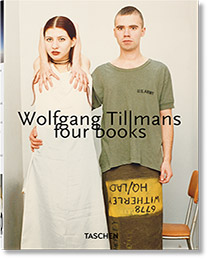Join celebrated photo artist and Turner Prize–winner Wolfgang Tillmans in reflecting on his three decades of work. From photographs of youth and club culture of the 1990s to atmospheric portraits, still lifes, landscapes, and sky shots, to more abstract work, this compact overview of the oeuvre of one of the most inquisitive and prolific artists of our time brings together in fresh form the best of his four books published by TASCHEN, along with some sensational recent photographs.
Like hardly any other artist of his generation, Wolfgang Tillmans has shaped our perception of the world. From early portraits of his friends to still lifes, travel shots, nudes, landscape and sky photographs, to his abstract work, Tillmans has created a multitude of iconic works in his unmistakable visual language, opening up new paths and possibilities for both photography and contemporary art. In 2000 he was the first photographer and the first non-British person to receive the renowned Turner Prize.
His first volume for TASCHEN (1995) shows the young generation of the 1990s, of which Tillmans himself was a member, in clubs, at Gay Pride, at fashion events, and in everyday life. His dense, realistic photographs conjure up tangible utopias of community and society and are important documents of their time as well. With the follow-up volume Burg (1998), Tillmans enriches his subject matter with another array of beautiful, now iconic photographs. In truth study center (2005), his images condense into even more subtle compositions and now stand alongside completely abstract works. Finally, Neue Welt (2012) documents Wolfgang Tillmans’ travels around the globe: from London to Tierra del Fuego, India, Papua New Guinea, Saudi Arabia, and Central Africa, we follow his ever-inquisitive eye for the realities of our planet, for social situations with people and markets, technology and architecture, and last but not least, nature and astronomy. For this volume, the artist for the first time made use of the new possibilities of digital photography. This enabled a density of information and incisiveness hardly seen in photographs until then.
This 40th-anniversary publication from TASCHEN combines the best of the four books in one volume. Wolfgang Tillmans himself has compiled this edition, partly redesigned it, added some recent works, and written a new foreword.
Paging through this collection of images, which spans three decades, there are countless moments to delight in, moments that are held not only in our collective memory but in our individual ones too.
『Taschen 40주년 기념판』 의 특징
TASCHEN turns 40 this year! Since we started our work as cultural archaeologists in 1980, TASCHEN has become synonymous with accessible publishing, helping bookworms around the world curate their own library of art, anthropology, and aphrodisia at an unbeatable price. In 2020, we celebrate 40 years of incredible books by staying true to our company credo. The 40 series presents new editions of some of the stars of our program—now more compact, friendly in price, and still realized with the same commitment to impeccable production.
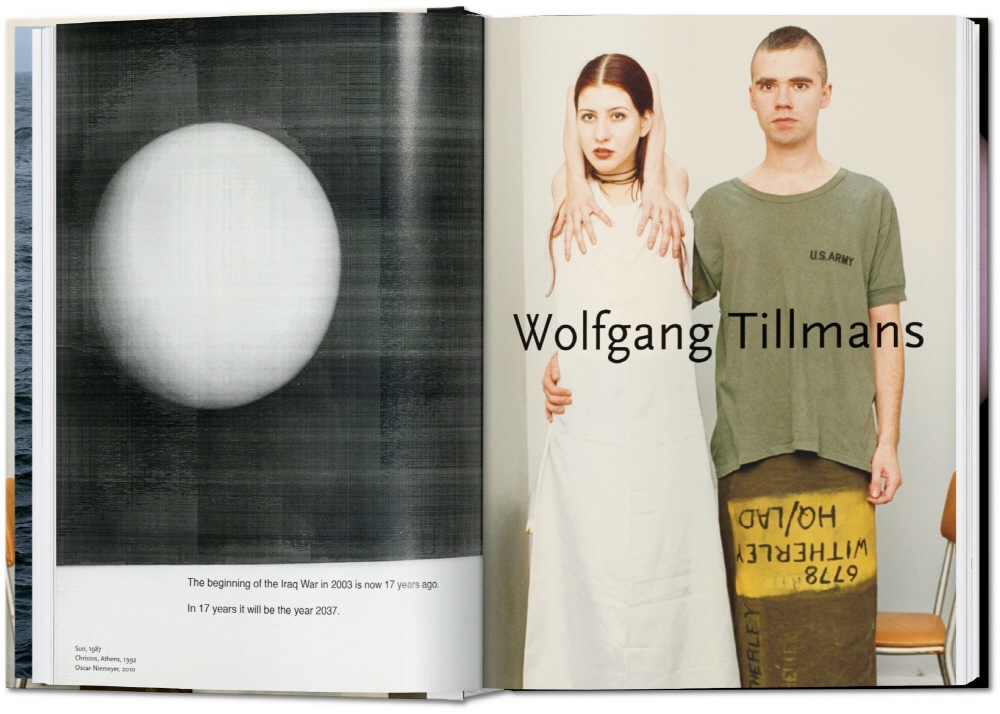
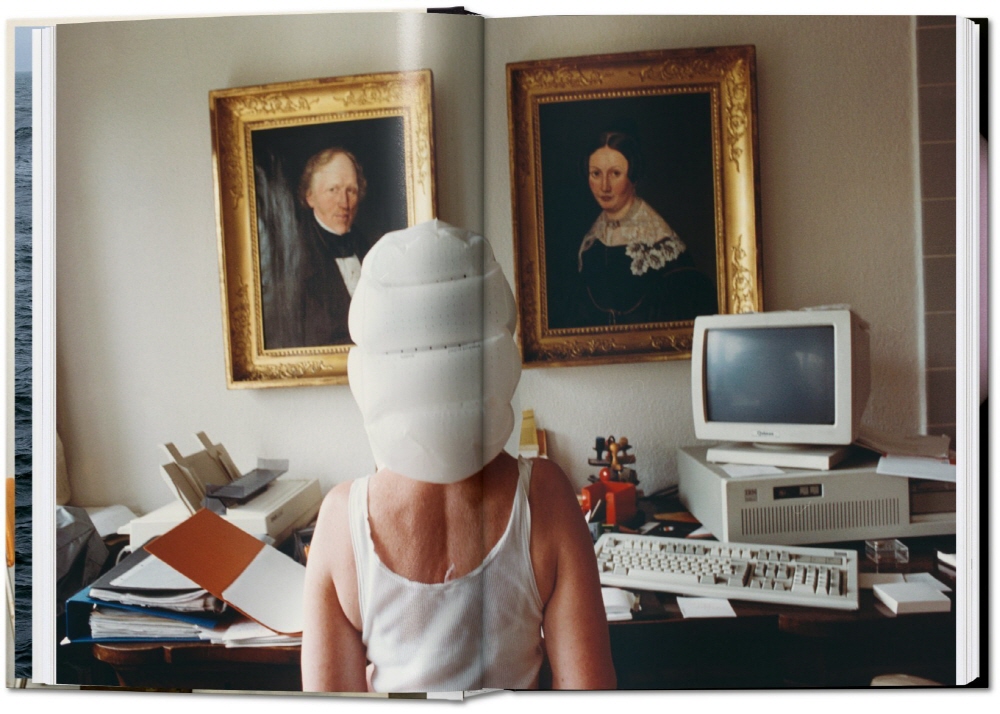
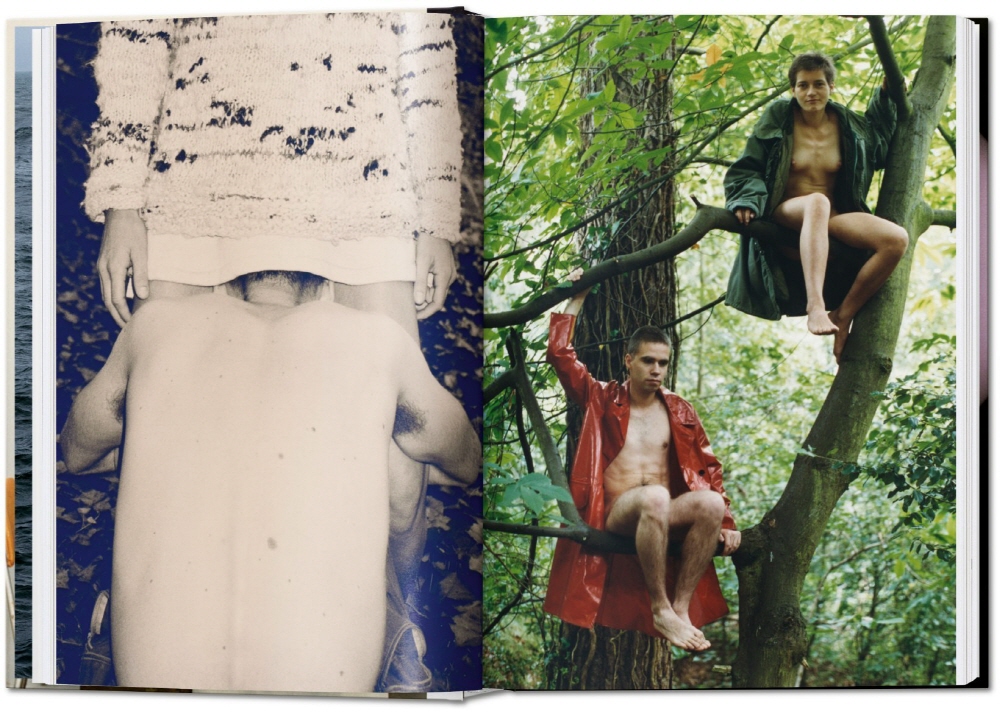
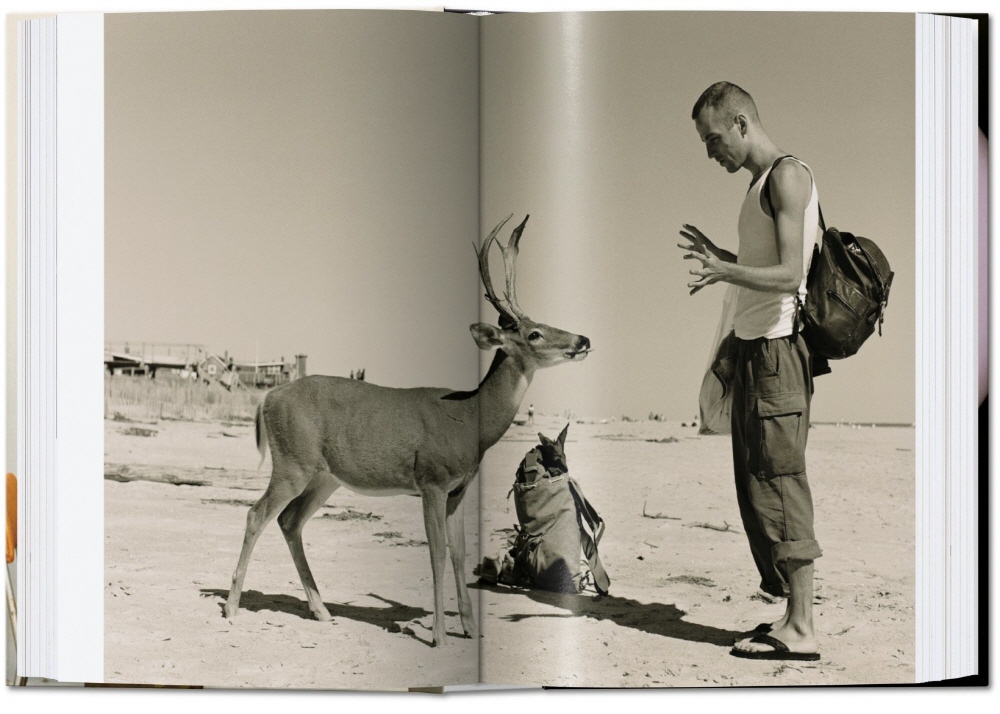
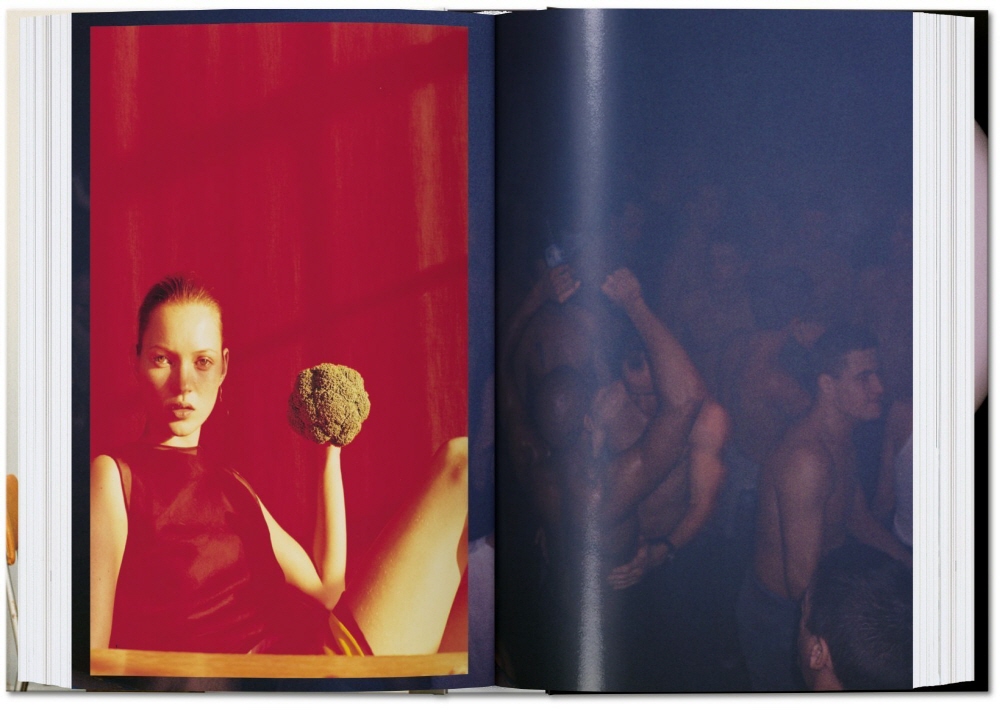
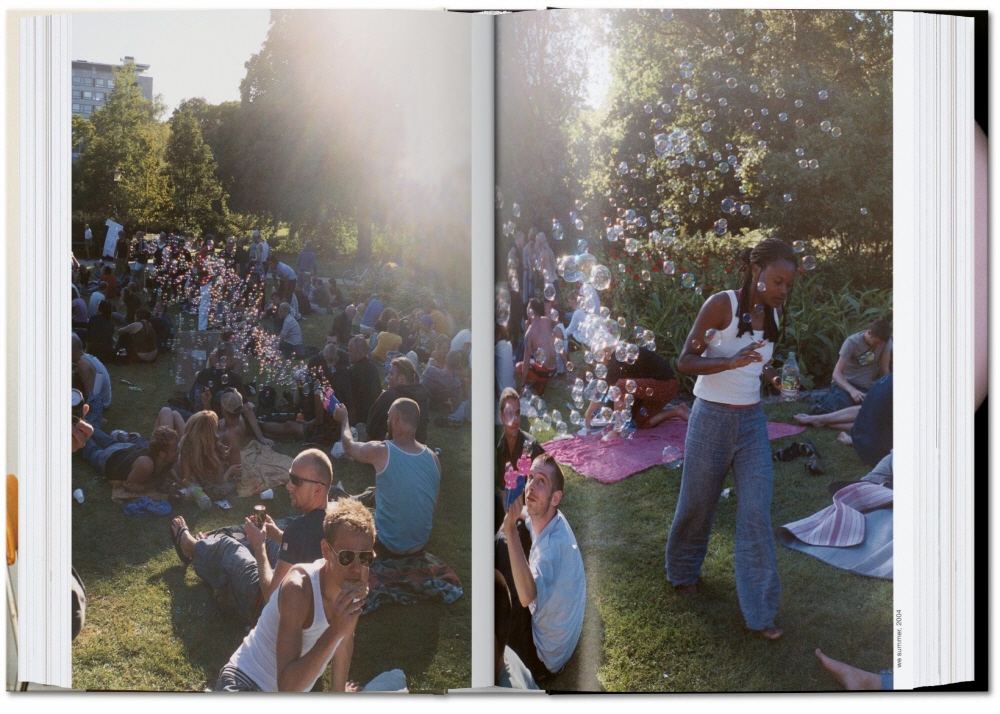
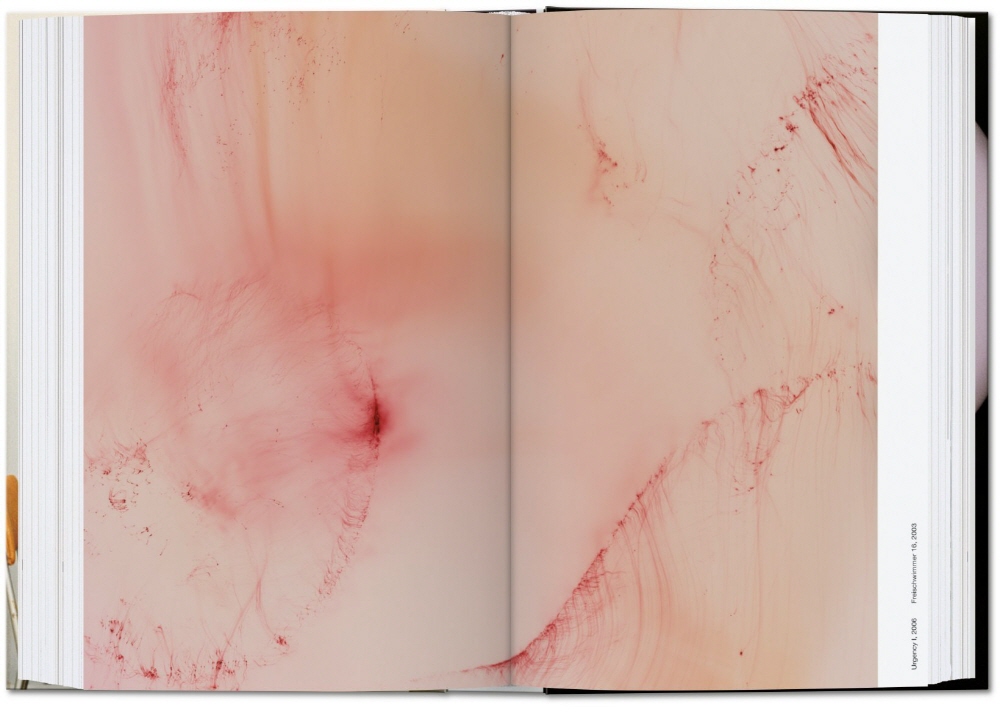
Like hardly any other artist of his generation, Wolfgang Tillmans has shaped our perception of the world. From early portraits of his friends to still lifes, travel shots, nudes, landscape and sky photographs, to his abstract work, Tillmans has created a multitude of iconic works in his unmistakable visual language, opening up new paths and possibilities for both photography and contemporary art. In 2000 he was the first photographer and the first non-British person to receive the renowned Turner Prize.
His first volume for TASCHEN (1995) shows the young generation of the 1990s, of which Tillmans himself was a member, in clubs, at Gay Pride, at fashion events, and in everyday life. His dense, realistic photographs conjure up tangible utopias of community and society and are important documents of their time as well. With the follow-up volume Burg (1998), Tillmans enriches his subject matter with another array of beautiful, now iconic photographs. In truth study center (2005), his images condense into even more subtle compositions and now stand alongside completely abstract works. Finally, Neue Welt (2012) documents Wolfgang Tillmans’ travels around the globe: from London to Tierra del Fuego, India, Papua New Guinea, Saudi Arabia, and Central Africa, we follow his ever-inquisitive eye for the realities of our planet, for social situations with people and markets, technology and architecture, and last but not least, nature and astronomy. For this volume, the artist for the first time made use of the new possibilities of digital photography. This enabled a density of information and incisiveness hardly seen in photographs until then.
This 40th-anniversary publication from TASCHEN combines the best of the four books in one volume. Wolfgang Tillmans himself has compiled this edition, partly redesigned it, added some recent works, and written a new foreword.
Paging through this collection of images, which spans three decades, there are countless moments to delight in, moments that are held not only in our collective memory but in our individual ones too.
『Taschen 40주년 기념판』 의 특징
TASCHEN turns 40 this year! Since we started our work as cultural archaeologists in 1980, TASCHEN has become synonymous with accessible publishing, helping bookworms around the world curate their own library of art, anthropology, and aphrodisia at an unbeatable price. In 2020, we celebrate 40 years of incredible books by staying true to our company credo. The 40 series presents new editions of some of the stars of our program—now more compact, friendly in price, and still realized with the same commitment to impeccable production.







The photographer:
볼프강 틸먼스(Wolfgang Tillmans)는 1968년 독일의 렘샤이트(Remscheid)에서 태어났으며 영국 본머스&풀 예술디자인학교(Bournemouth & Poole College of Art and Design)에서 공부했다. 틸먼스는 동시대의 인물들 가운데 가장 영향력 있는 작가로 손꼽힌다. 그의 사진들은 극적인 순간과 대상의 특징을 잘 포착해내는 것으로 유명하지만, 동시에 사진적 재현의 역동성에 대한 탐구를 보여주고 있다. 틸먼스는 작품이 갤러리에 내걸리면서 이미지와 그 안에 담긴 개념이 분리되어버리는 전통적인 전시 방법을 무시했으며 그 둘을 동등하게 취급했다. 그는 초상이나 풍경사진, 정물사진이나 추상 이미지 등을 하위문화나 정치적인 메시지를 담은 사진들과 분리하지 않으며, 엽서 크기만 한 작은 사진부터 벽 한 면을 가득 채우는 큰 사진들을 바닥부터 천정까지 배열하는 확장적 설치 방식을 취한다. 틸먼스의 작품은 1996년 모마에 전시되었으며 2003년에는 테이트 브리튼에서 대규모 회고전을 가졌다. 2000년에는 터너상을 수상하기도 했다.
볼프강 틸먼스(Wolfgang Tillmans)는 1968년 독일의 렘샤이트(Remscheid)에서 태어났으며 영국 본머스&풀 예술디자인학교(Bournemouth & Poole College of Art and Design)에서 공부했다. 틸먼스는 동시대의 인물들 가운데 가장 영향력 있는 작가로 손꼽힌다. 그의 사진들은 극적인 순간과 대상의 특징을 잘 포착해내는 것으로 유명하지만, 동시에 사진적 재현의 역동성에 대한 탐구를 보여주고 있다. 틸먼스는 작품이 갤러리에 내걸리면서 이미지와 그 안에 담긴 개념이 분리되어버리는 전통적인 전시 방법을 무시했으며 그 둘을 동등하게 취급했다. 그는 초상이나 풍경사진, 정물사진이나 추상 이미지 등을 하위문화나 정치적인 메시지를 담은 사진들과 분리하지 않으며, 엽서 크기만 한 작은 사진부터 벽 한 면을 가득 채우는 큰 사진들을 바닥부터 천정까지 배열하는 확장적 설치 방식을 취한다. 틸먼스의 작품은 1996년 모마에 전시되었으며 2003년에는 테이트 브리튼에서 대규모 회고전을 가졌다. 2000년에는 터너상을 수상하기도 했다.





